Who doesn’t have the goal of eating healthier? I don’t think I’ve ever heard anyone say, “I want to start eating more junk.” But a healthy diet can be so subjective based on where you are when you start your journey. My healthy might be your bad, or vice versa.
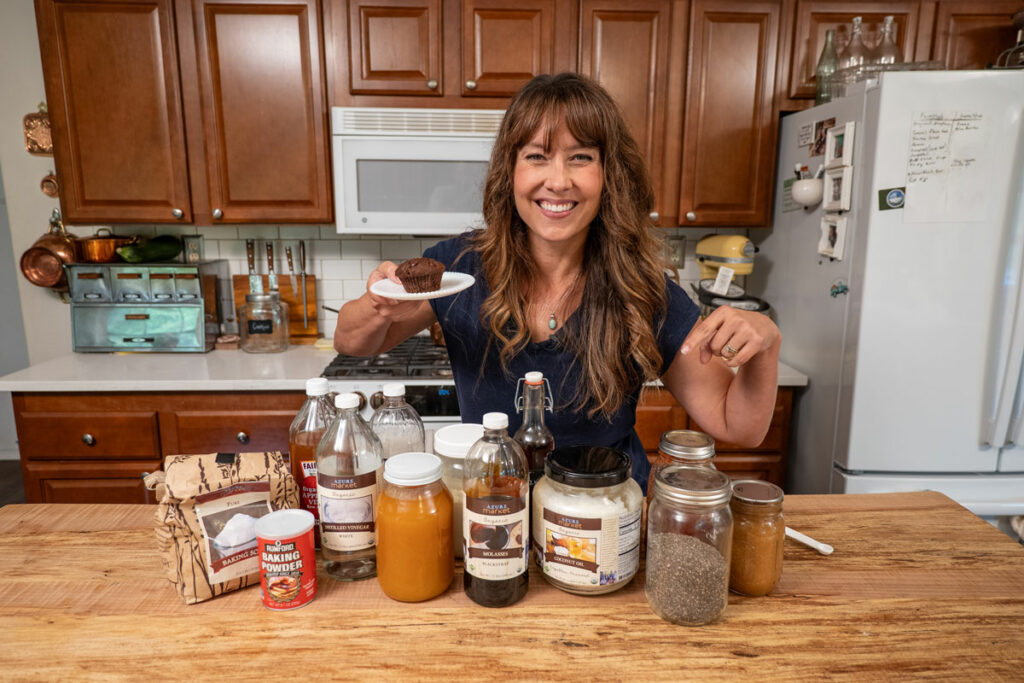
You can start a plan to eat real food and change your health today. Eating clean at any age makes you feel alive and energetic. Read on with these tips to learn how to get started!
It’s important to note that I am not a certified medical practitioner. This post is not intended to diagnose or treat but is for informational purposes only. Please contact your healthcare professional before introducing new herbal and natural remedies into your wellness routine.
Note: This blog post has been updated to include multiple podcast episodes on eliminating processed foods and replacing them with real food. Over the years, multiple listeners have asked for my best tips on avoiding chemicals and processed foods in the kitchen, so download each of these podcasts and listen to them at your leisure! Here’s to eating real food!
Listen to the full episodes of the Pioneering Today Podcast, where we don’t just inspire you but give you the clear steps to create the homegrown garden, pantry, kitchen and life you want for your family and homestead:
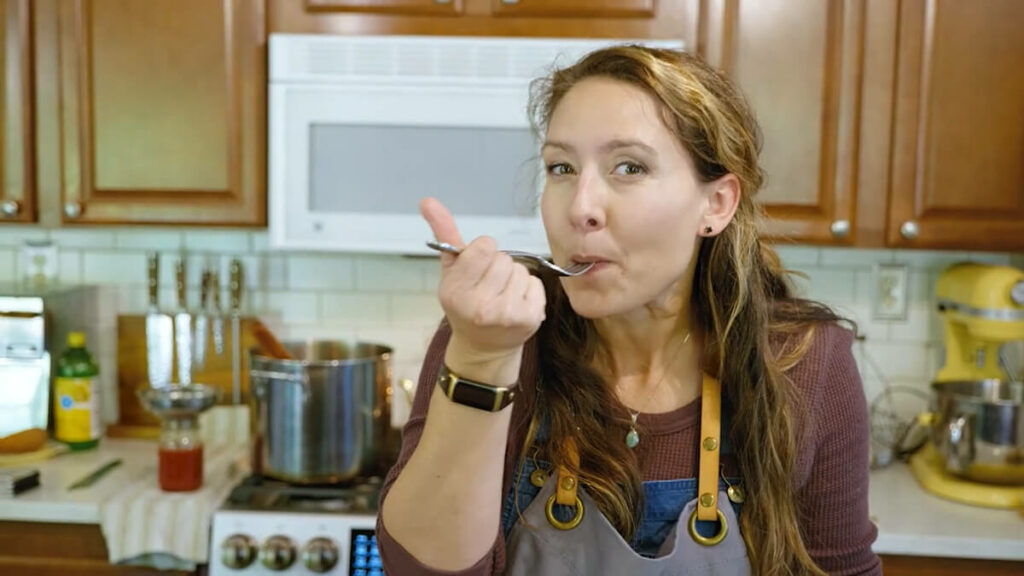
The Importance of Eating Real Food
Food brings about so many different feelings in our lives. It sustains us, brings health and life, adds joy to our social gatherings, and is wonderful! My body was healed naturally by eating real food and eliminating bad foods from my diet using this Non-GMO food guide.
Our family enjoys spending time together preparing and eating real food, creating skills and memories in the kitchen and around the table. Keeping a well-stocked pantry for easy weeknight meals, along with easy meal planning is a good place to start.
Our old-fashioned pioneering ways of keeping must-have pantry items for long-term storage and time-saving cooking from scratch meals don’t need to be a thing of the past. Sitting around the table enjoying real food and each other can happen with some simple changes.
I struggled with some pretty scary health issues that could have developed into a life-threatening disease. The best thing I did for myself and my family that I firmly believe changed my life and health issues was changing my diet and eating real foods.
No more soda pop, processed potato chips, coffee or chocolate; it really aggravated my GERD issue. Adjusting my diet to a traditional real-food diet has helped so much. Thankfully, I could add small amounts of dark chocolate back into my diet, but I haven’t missed the soda or chips.
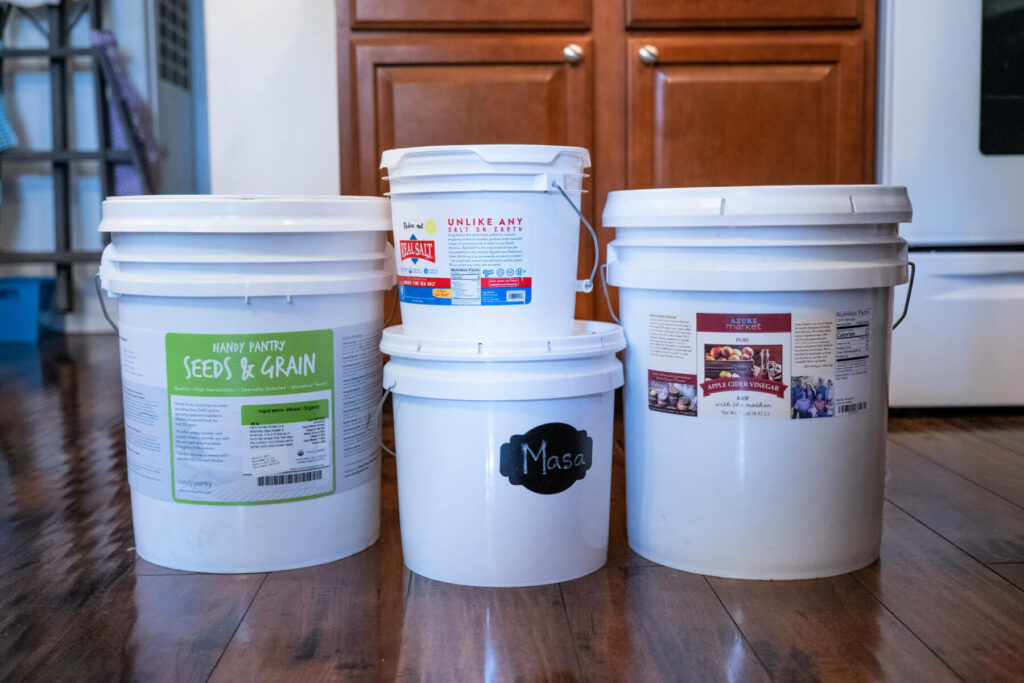
Tips to Kick Out the Processed and Eat Real Food
The best way to rid your pantry of processed foods and replace them with real food is to jump right in with both feet. Let’s get started!
Read Ingredients Labels
I can’t stress the importance of label reading to keep me on track. I educated myself about the preservatives, additives, dyes and fillers on many ingredient lists. (Source) Wow, let me tell you, friends, it’s quite the lesson.
I was shocked at the things that snuck into seemingly healthy foods. High fructose corn syrup, soybean oil, canola oil, and food dye, to name a few. Most of them are terrible for you and unnecessary when you can make them yourself with real food ingredients at a fraction of the cost.
Go beyond what you consume, consider what your skin absorbs and switch to using healthy skincare and make-up products. Even the household cleaners I make and use contribute to a healthier, cleaner way of living for much less than chemically-laden store-bought products.
We try to be as GMO-free as possible! A great rule of thumb is to put it back if it has more than 5 ingredients and something you don’t know what it is or can’t pronounce.
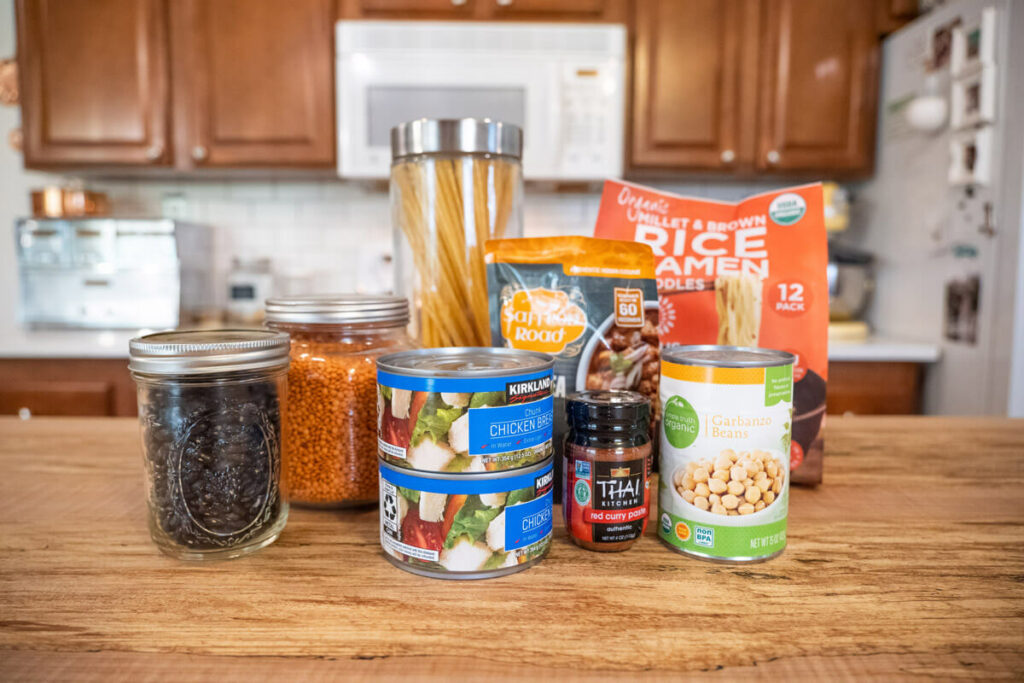
Clean out the Pantry
When it comes to getting rid of processed foods, my thirteen healthy ingredients to swap out and thirty-seven ingredient substitutions everyone should know will give you a good place to start. Dig deep into your pantry and fridge and start the cleaning process.
Get rid of your biggest temptations first. You may not be able to afford to throw out everything you’ve got in your pantry that isn’t healthy; get rid of the items that hold the most temptation for you. Salty chips were tempting for me, so I replaced them with my easy homemade cracker recipe.
Read labels on foods you have so you can see what you’ve been consuming and what you want to swap it out with. Replacing unhealthy oils like canola with olive oil is a good place to start. You can build a Great Depression-era pantry with real foods along the way, one food at a time!
After you use up an unhealthy item, replace it with a real whole-food version, or learn to make it yourself with better ingredients. My homemade granola bar recipe and homemade peanut butter are perfect examples of kicking chemicals and processed foods out of your kitchen.
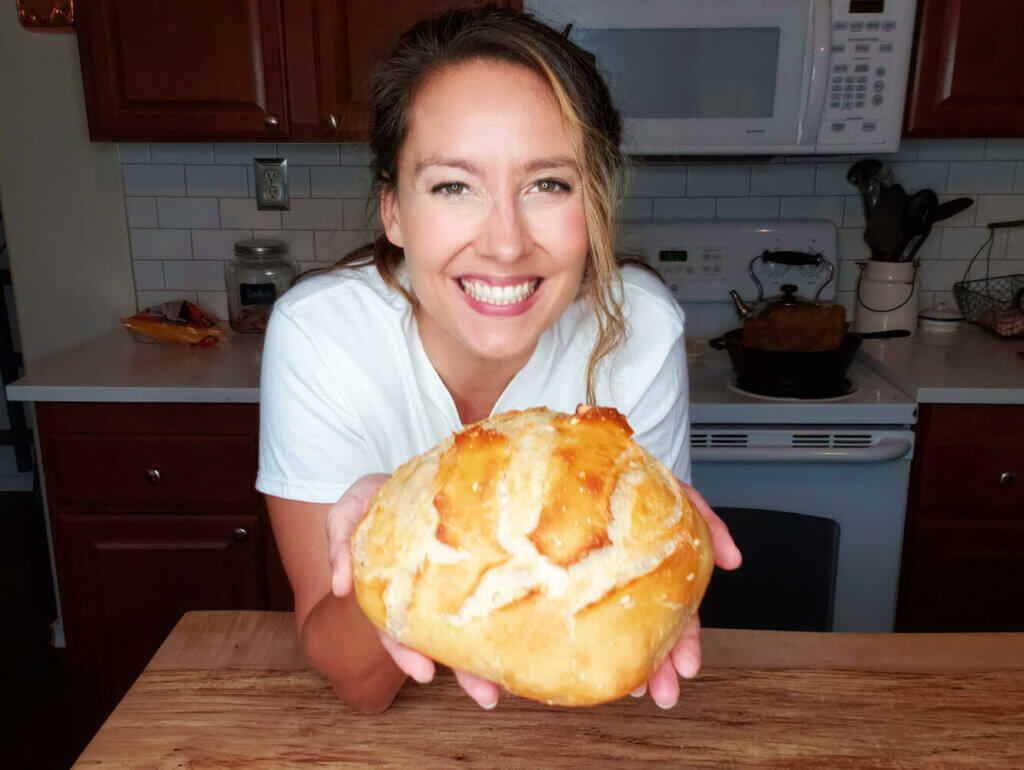
Aim to Cook from Scratch
Start by identifying a processed food your family eats regularly, and figure out how to replace that with a from-scratch recipe. These must have homestead kitchen items for easier from scratch cooking will enhance the process of preparing real food and your homemade meals.
Our family consumes a lot of bread. My no-knead artisan bread recipe and honey whole wheat sandwich bread made it easy to start learning to bake bread from scratch. It’s a great way to impact your health and budget significantly. The smell of homemade bread is wonderful!
Cooking from scratch and using traditional cooking methods take more time than purchasing processed meals or fast food, but well worth the health benefits over time and the frugal savings you’ll experience. My frugal suppers bean and ham soup is a great example of this.
I’ve learned many time-saving tips that are in my book The Made from Scratch Life, giving you practical and confidence-building skills to help with the the transition.
Making from-scratch mixes is another great place to replace pre-made boxed mixes from the store. I promise you once you make your own, you’ll never go back. It’s satisfying knowing you’re controlling what goes in your mixes with real ingredients and no artificial fillers.
Did I mention the superior flavor of wholesome ingredients in my homemade DIY pancake mix, biscuit mix, homemade oatmeal mix, homemade cake mix, and from-scratch muffin mix? They are so easy to make and batch all at once. It’s a family fun chore to do together!

Meal Planning
Plan your meals, breakfast, lunch, dinner and snacks. So simple, it couldn’t make that big of a difference, right? Yeah. It really does. If a whole month scares you, start with just a week. Write out your meals and snack choices. Fruits or bars are easy to multiply out per person per week.
The next step in successful meal planning is to create an inventory. Look at your pantry, fridge and freezers to see what you have on hand. When I have this inventory of our main ingredients, I can start to create our individual meals from what we have on hand.
Now, personally, I do the main dishes first. My top priority is dinner. I want to know what we’re having for dinner, and I plan that out in advance. What’s left becomes a side for the next night’s meal or lunch for my husband the next day.
Rather than planning different meals for every night of the week or month, create a Master List of your family’s favorite meals to use for ideas and inspiration when you don’t know what to make.
Pick your family’s favorite meals and recipes and plug them into your menu plan or put them on a running list. Those are your cornerstone pieces when it comes to your meal planning. Use the best system for you to manage what suits your family’s eating taste, style and schedule.
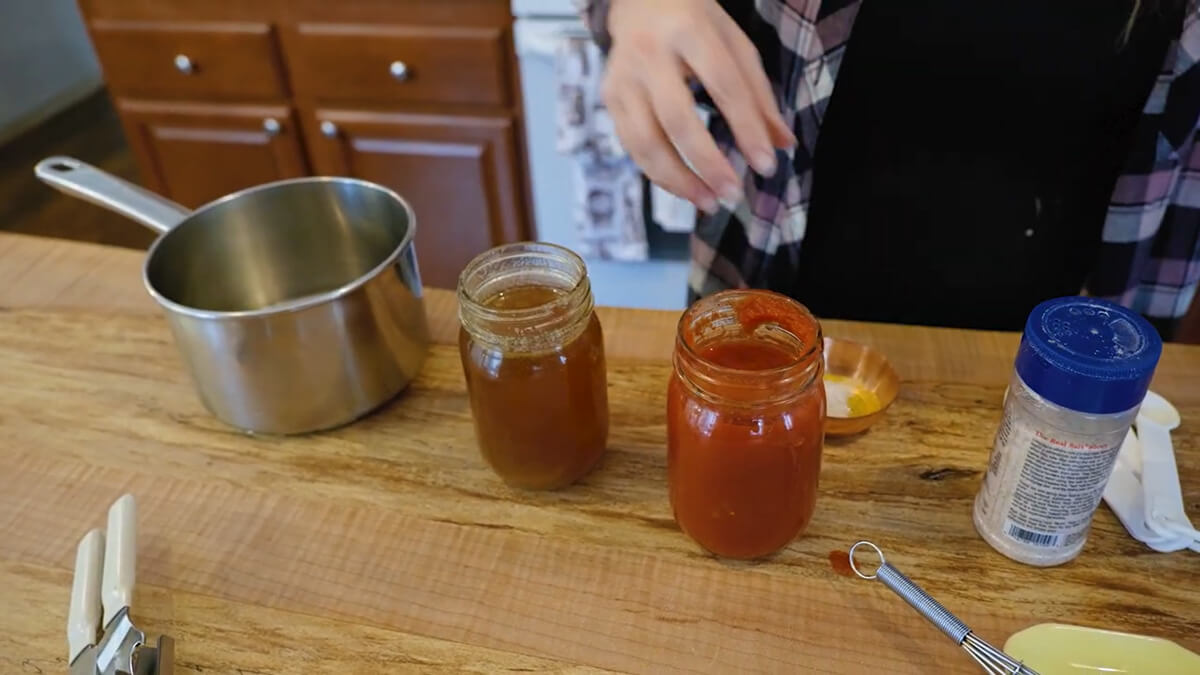
Food Prep
Food preparation will help bring success to your real food dietary changes. It helped me take stock of what I was preparing and why. You can get ahead of the week by preparing early with a healthy mindset and not feeling overwhelmed by the week’s end.
I take one day each week to prepare food for the meals and snacks on my menu. Whatever day you have off, chop, slice and dice up your fruits and veggies. Make any soup bases like this easy cream of chicken soup, BBQ sauces or DIY mixes in a jar for ease throughout the week.
Chicken or turkey works in soups, casseroles like this chicken and broccoli casserole, on top of greens in a salad. I use the bones to make broth. Even if you’re in a hurry, you can cook a whole frozen chicken in your Instant Pot in less than an hour and get three meals out of it!
Cook some quinoa, brown and white rice, oats, and beans to use as sides or add-ins for meals. I make a big pot of refried beans in 10 minutes and use it for breakfast with eggs, salads for lunch and burritos for dinner.
Rally the troops; many hands make light work. It’s a good way to make some memories and teach some skills to the family. If you have food prepped and ready to eat or cooked in the fridge when pressed for time, you won’t fall back on your non-healthy quick-grab items.
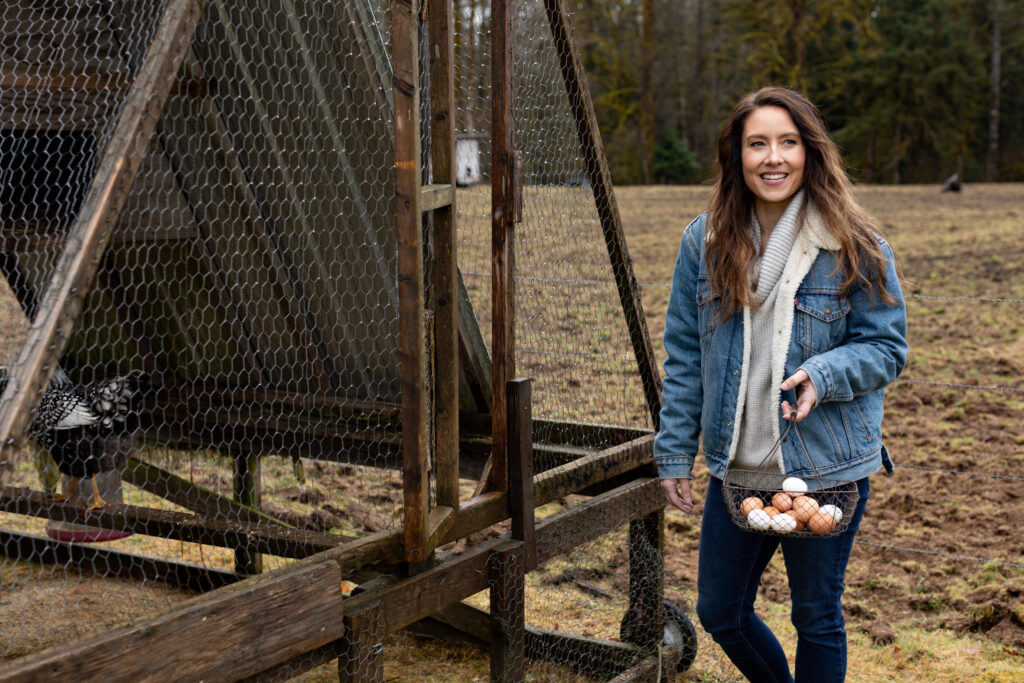
Keep it Real
The food, that is! Try to eat foods as close to nature as possible. I know we live on a homestead, grow our own fruits and vegetables, and raise chickens and meat. It wasn’t always that way, and we built up our homestead over time.
I understand that not everybody lives on a homestead, and yet I believe wherever you live, you can do some things to live a more self-sufficient lifestyle. My food production plan can help you get started. Adapt it to where you live, using what information you can to eat real food.
While purchasing foods from your local grocery store, farmers market or food co-op, keep in mind heirloom organic for produce and natural grass-fed for beef and eggs. These are the healthiest options and be especially mindful when eating the dirty dozen fruits and veggies.
Flour (for those of us not sensitive to gluten) is another place to add real food to your diet. I grind my flour; it’s easy, inexpensive and highly nutritious. You can get organic wheat berries from a local co-op or order from Grand Teton Ancient Grains to grind your own flour.
If you’re not ready to grind your wheat berries, use unbleached organic all-purpose flour or organic pastry ground whole wheat flour. Bob’s Red Mill Flour is available in most grocery stores and is a good organic choice. Grand Teton also carries Bob’s Red Mill in larger quantities.
I can’t say enough about Spelt for a good all-purpose flour. Spelt berries are a personal favorite of mine. Spelt is a non-hybridized ancient grain with lower gluten levels. Spelt works well in both bread and pastry recipes. I make all of my cookies, pie crusts, and muffins with Spelt flour.
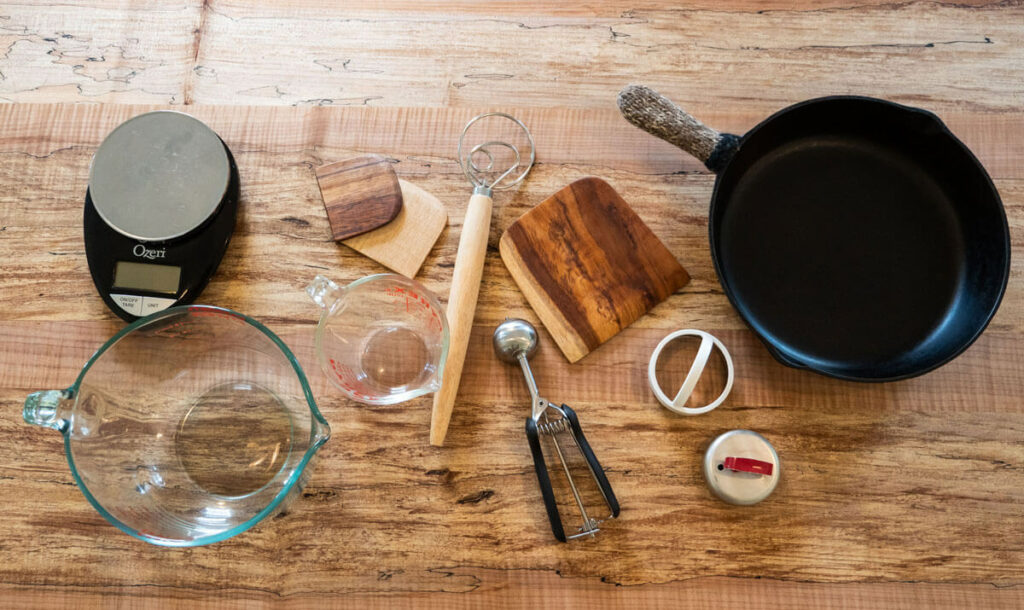
Use Your Tools
Our kitchen tools go a long way in helping us prepare healthy, real food. I know there is cookware out there that can make healthy food unhealthy, like Teflon, for example. There are one hundred pioneer kitchen tools to still use in our kitchens today to make the transition.
I prefer cast iron; it’s non-stick when treated properly, easy to care for, and doesn’t emit harmful chemicals into our food. My cast iron recipes and how-to-clean cast iron to maintain seasoning tips can help you make you ease into this old-fashioned pioneer cooking method.
Is there anything better than a slow cooker? Besides my cast iron pans, I can’t think of anything I use more in my kitchen. I can walk through the door and have dinner waiting, kind of like a personal chef.
I usually plan a slow cooker meal in the middle of the week after I’ve exhausted all of our leftovers from Sunday night. My slow cooker or instant pot cabbage rolls and old-fashioned beef stew recipe are real food, nutritious and can easily stretch into two meals.
I usually freeze fruits and vegetables, fish, chicken and meat. Any tomato sauce-based recipes, like lasagna, cabbage rolls, and enchiladas, tend to freeze really well. I’ve even frozen my cheese and dairy products without a problem.
Using my freezers, I can double up many meals I make in the crock pot and freeze them for another meal later in the month. Freezing bread, cookies, and healthy bars is a quick grab-and-go option. My batch and freezer meals keep meals on hand in a pinch.
The rise of GMO foods and unwholesome processed food continues to reign in America’s mainstream food sources. Many families are returning to eating real food as much as possible. My family is one of those families, and I hope yours is, too.
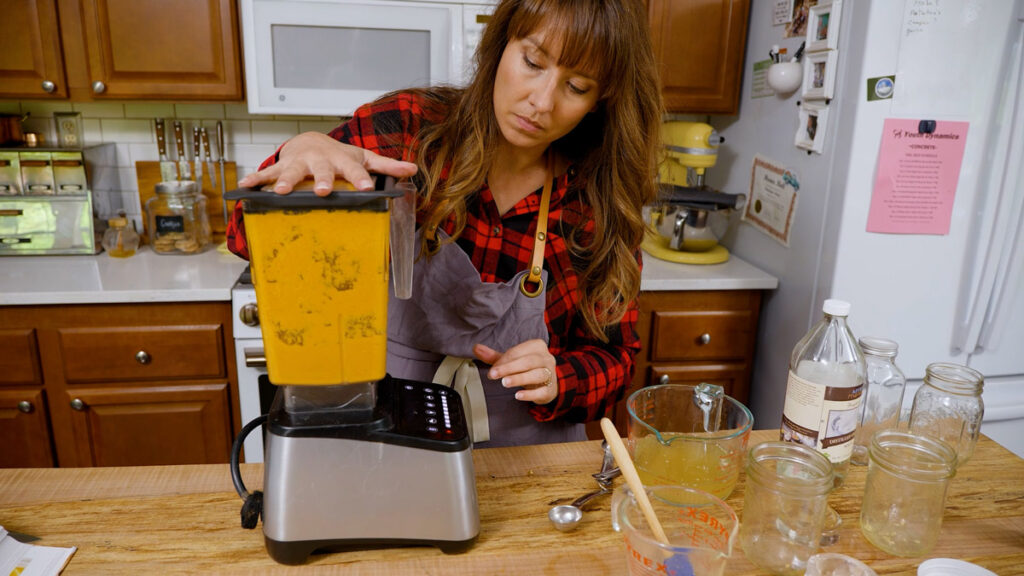
Resources
Episode #5
- Cooking with Cast Iron
- Fresh Bread in Less than 5 Minutes a Day
- Grandma’s Best Ever Flaky Pie Dough in 15 Minutes
- Dutch Oven Cooking
- Homemade White Sauce Chicken Pizza
Episode #12
- Sweet and Smokey Barbecue Sauce
- Fail-Proof Homemade Mayonnaise Recipe (In 2-Minutes)
- Homemade Buttermilk Ranch Dressing
- Cream of Soup Substitute
- 20 Health Benefits of Real Butter
Episode #13
- Processed Replacements Part 1
- A Homemade Christmas
- Heather the Homesteading Hippy’s 30 Days from Scratch Series
- Homemade Biscuit Mix
- Homemade Pancake Mix
- Eggnog Recipes and Variations
- Homemade Crunchy Granola Bars
Episode #14
- Processed Replacements Part #2
- Processed Replacements Part #1
- Honey and Sugar-Sweetened Condensed Milk
- Homemade Crackers
- Homemade Hot Cocoa Mix
- Homemade Mint Extract
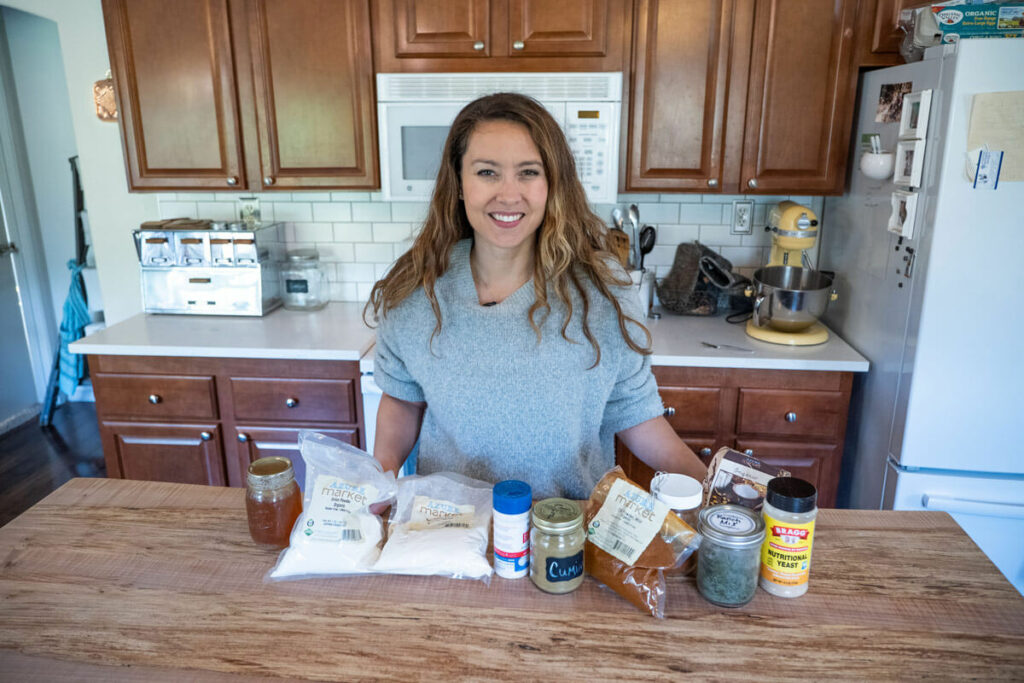
Other Posts You May Enjoy
- Healing Naturally – My Story
- Non-GMO Food Guide
- 37 Ingredient Substitutions Everyone Should Know
- 13 Healthy Ingredients to Swap Out Now
- Keeping a Well-Stocked Pantry for Easy Weeknight Meals
- Must-Have Pantry Items For Long-Term Storage
- Time-Saving Tips when Cooking From Scratch
- Must-Have Homestead Kitchen Items for Easier From-Scratch Cooking
- How to Meal Plan 8 Tips for Easy From Scratch Meals
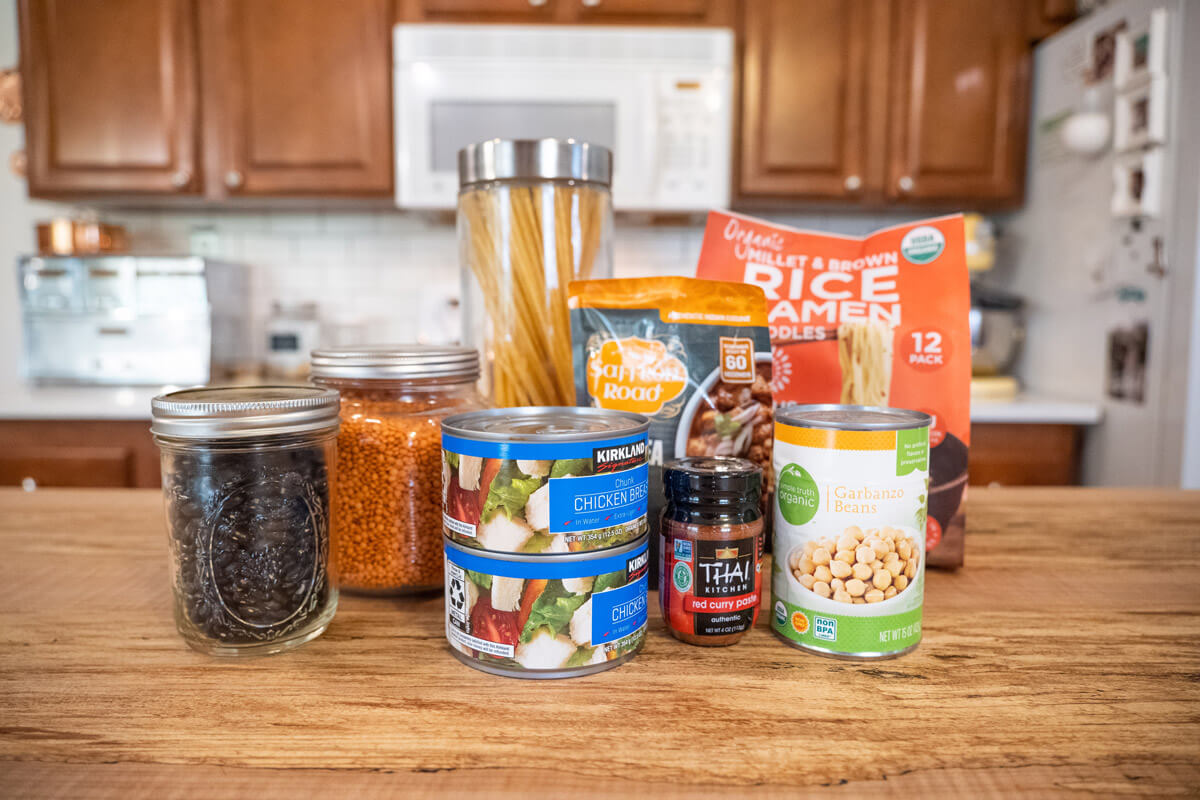
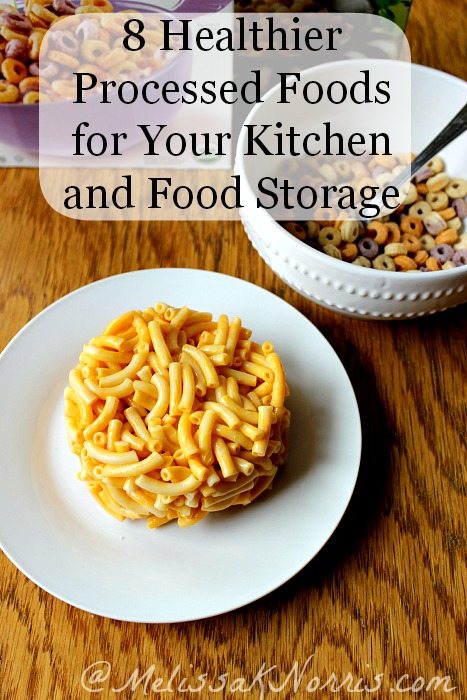
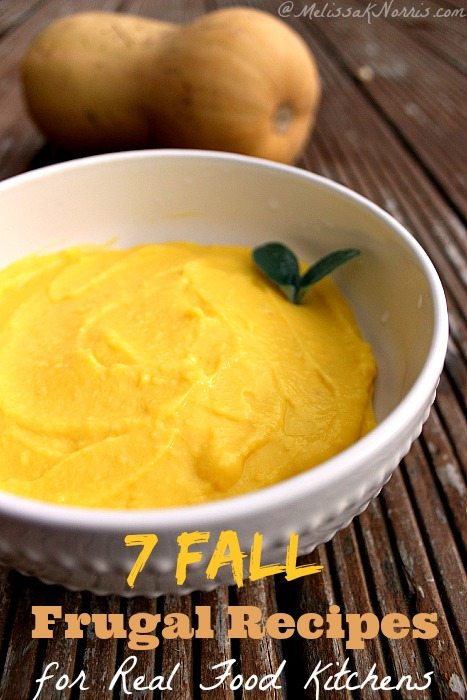
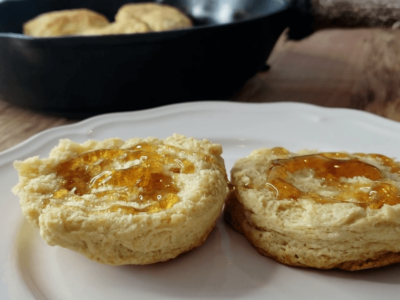
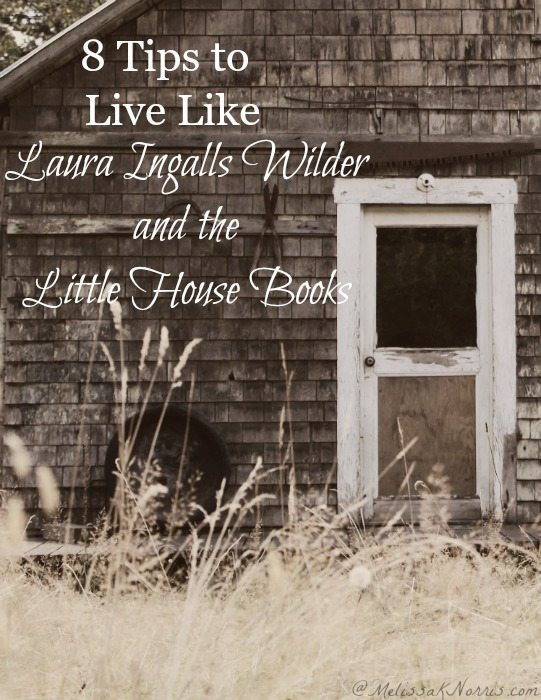
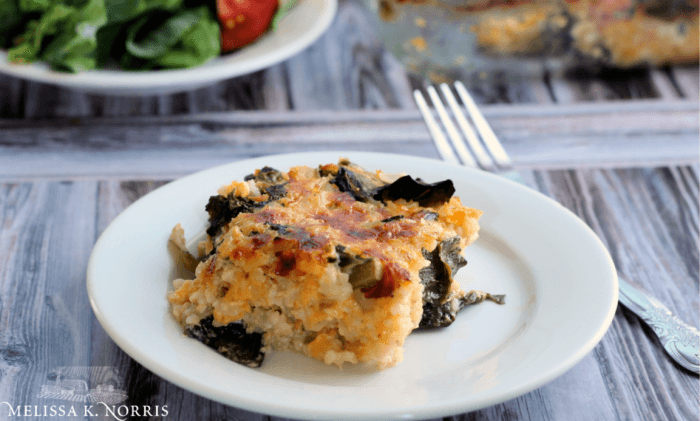
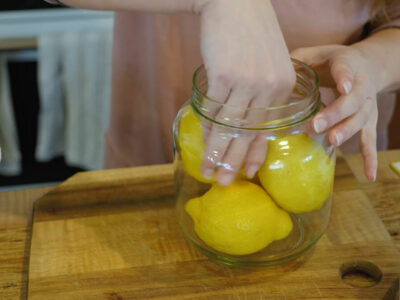
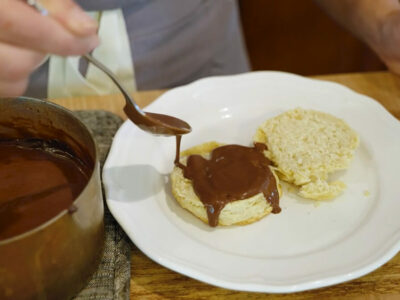
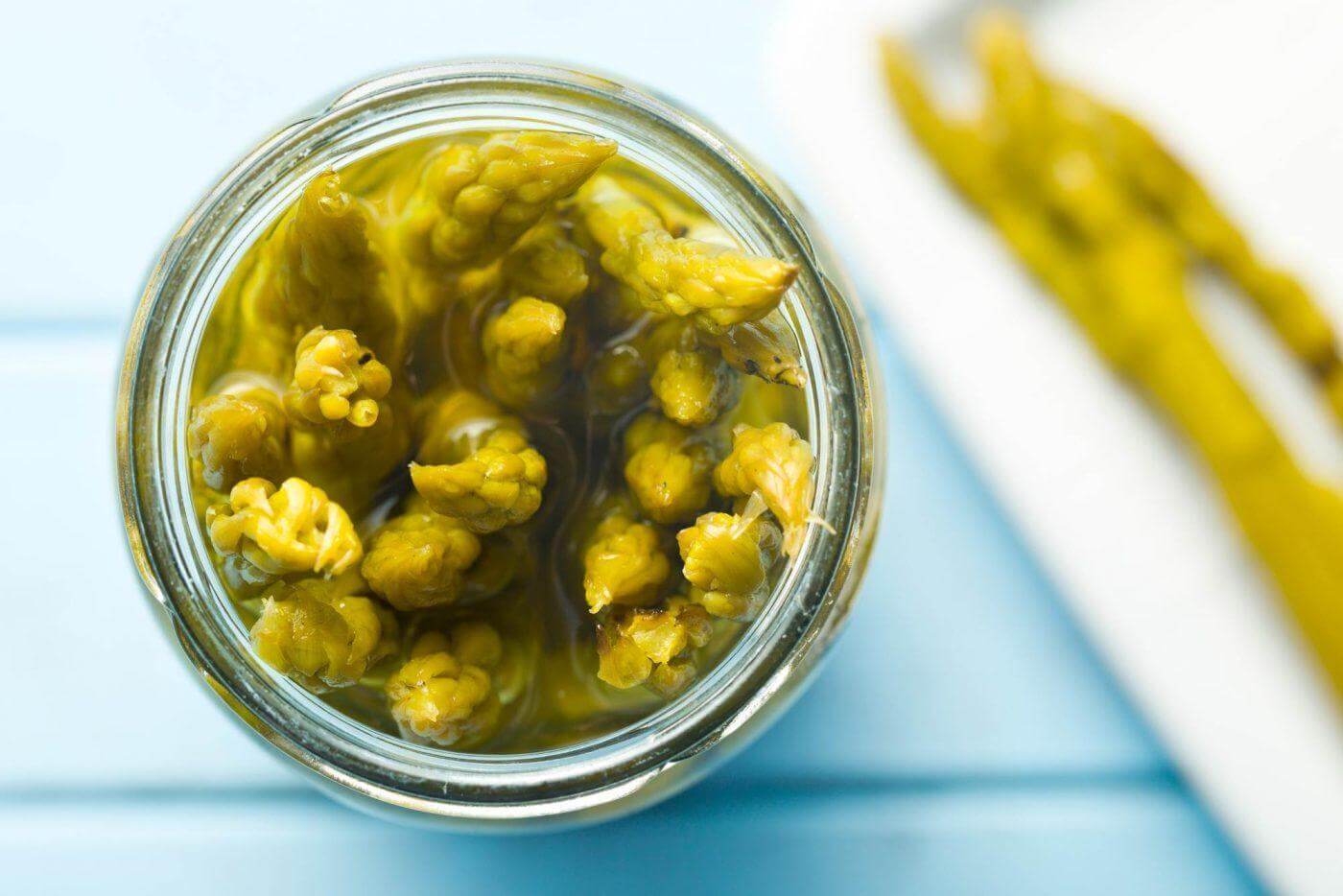
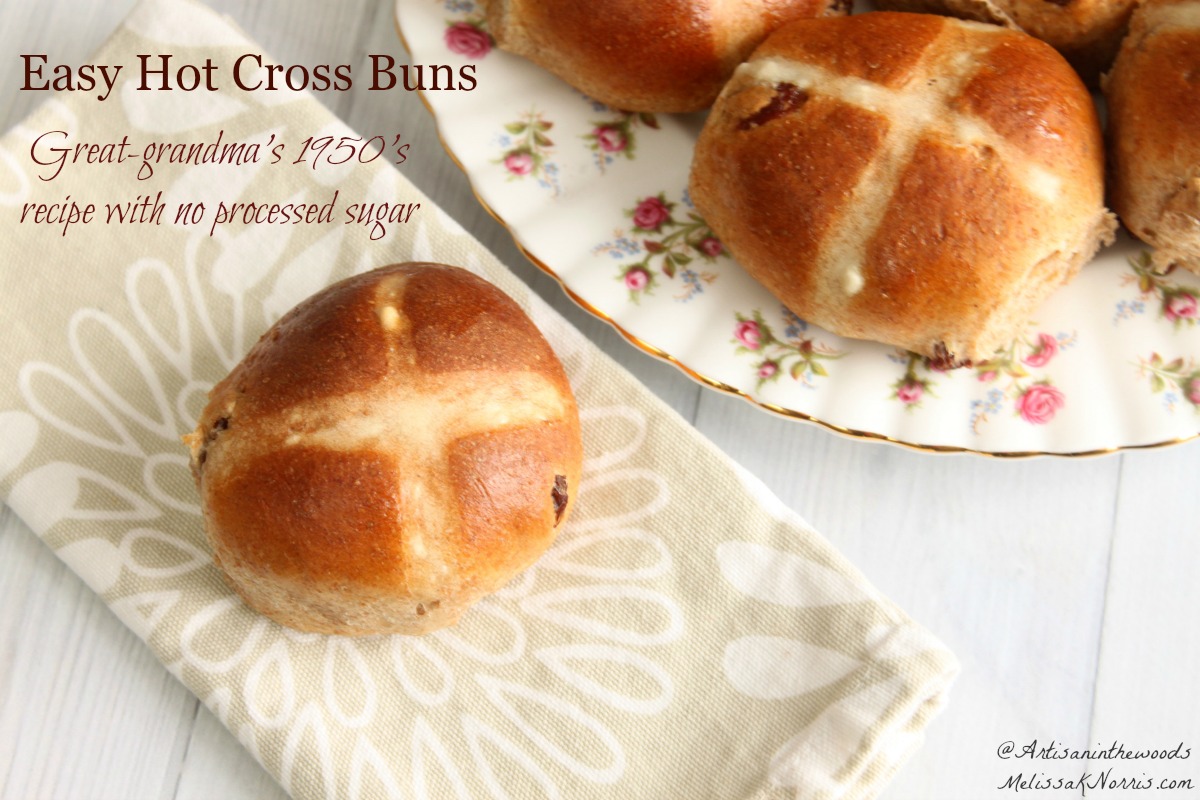
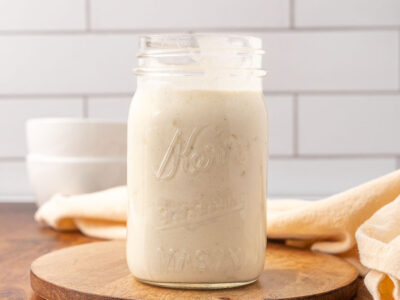
[…] For those of you continuing to seek motivation in your new year’s goals, here are tips to get more movement into your days and more tips for nutritious eating and switching over to real food from processed. […]
Great tips. I’ll have to look for spelt flour. I’m assuming it’s something you’d only find in a health food store. Is that correct?
Holly,
I’ve been able to find it at our local co-op, so basically a health food store. You might find it in the organic section at a Fred Meyers. I also link up above to Bob’s Red Mill from Amazon. Let me know if you try it.
Thanks for the info on the spelt flour! A couple of years ago, when I was learning to be more frugal out of necessity, I asked myself what the one thing was that kept me from cooking dinner every night. It was the prep work. I didn’t like doing it at all. Every Monday, I have forced myself to spend time making our fresh salsas and chopping up veggies for the week. I even pre-zest and juice our citrus fruit for dressings and marinades. Great advice! We don’t even like to eat dinner out anymore because we like our own cooking better because we can control our own ingredients.
I liked how you mentioned “healthy” is relative. I grew up in the Midwest with Sicilian Pioneer women (there’s such thing, haha) who cooked from scratch. They were the heartiest eaters I knew and the healthiest!
I appreciate your willingness to share information with others. I have one more question. Besides butter, what can you replace margarine with in baked goods that will yield the same results? Still coconut oil? Is there something in “stick” form to purchase that you feel is natural and safe to eat besides butter? Thank you, Melissa.
Kerrie, we rarely eat out either. Part of that is because we live very rural, part frugal, and part because, like you, we like how good our homemade food tastes. 🙂
I never ever use margarine. We use real butter, coconut oil (or you can try coconut butter), if you don’t want to buy coconut butter, purchase flaked unsweetened coconut and blend it up in your food processor to make homemade coconut butter (I haven’t tried this yet as I have a couple of tubs of coconut oil, but I saw it from a blogger friend and though what a great and easy idea), and then I’ve been using my home rendered lard. The lard is interesting and I like it best in things like tortillas and cracker, more savory items, but it’s good in pancakes as well. I did make a pie crust with all lard, but I had to add more flour, so next time, I think I’ll do half butter and half lard. I know Fred Meyer carries lard and it’s pretty inexpensive if you don’t want to make your own yet. 🙂
Leslie, what about not trying to replace foods that are normally made with gluten? I found I had to do that myself in the beginning of my journey that started 3 1/2 years ago. Anything that normally goes on bread goes great with lettuce (wraps, salads) and spaghetti squash or zucchini noodles are a fine substitute for pasta. Cucumber slices are a good substitute for crackers, too. Have you heard of autoimmune paleo? Google recipes that fit that — although it excludes some things that it sounds like you may not need to avoid (it excludes nuts, grains, legumes, nightshades, eggs, and dairy). I know there are grain-free nut-free recipes out there (although most don’t classify coconut as nut since it isn’t technically a tree nut — it is it’s own allergen separate from tree nuts). Also if you can do dairy, there are some South American bread recipes that use tapioca (aka manioc/yuca/cassava — all the same thing, just gets a different name based on the country you’re talking about) starch plus dairy — for example Pandebono from Colombia or Pao de queijo from Brazil. I live in Miami and get to eat these breads at bakeries, they are GOOD and I know there are recipes online for them.
And regarding food allergies — they are a symptom of gut dysbiosis and can absolutely be reversed if you take care of yourself AND avoid the allergens during the healing process. I used to have TERRIBLE gluten intolerance (diarrhea and vomiting for up to 3 days after ingestion) and now I can eat it without any negative effects whatsoever.
Good luck to you! And how awesome that you are going to raise your own beef — that is a dream of mine (a little hard to do from a condo in Miami Beach, though haha). But the next place I move will have land for animals and a garden 🙂
My biggest problems with trying to get where *I* ultimately want to be in healthy eating has to do with my food allergies. I am allergic to a little over 30 foods (all nuts included) and have gluten intolerance AND have fructose malabsorption. One of those many foods I’m allergic to is oats too plus all the other alternative foods people use for flour – almond, coconut….so I get so stuck as to how to make my own gluten alternatives. (Plus, the fact as I mentioned on your FB status that I don’t overly enjoy baking.) Then for snacks I’m really suppose to stay away from high fructose foods. Um, any fruit out there without that? *sigh* Very often I find myself just eating foods I’m not supposed to be eating resulting in bloating or gas. I don’t eat the ones that “really” hurt me. I had a friend tell me she’d read that a lot of people’s food allergies stem from their gluten intolerance so I keep meaning to research that and cutting gluten out. I do eat gluten free for the most part but many of the GF items I’ve bought to substitute just aren’t good – GF pasta and GF sandwich bread being the main ones. That’s why I need to find someone who likes to bake and has a good GF bread recipe that is also oat, coconut and almond flour free so I can make them a meal for a trade off. Ha ha!
I do grow organically and plan on putting up more foods (freezing and canning) next year. We’re also hoping to get our own beef cattle in the late spring so I can have my own grass-fed beef. I buy hormone free, free-range chicken already and have just started making my own chicken broth (overnight in the slow cooker – it’s wonderful and so simple!). So while I’m making steps, I really want to get to that level I wish I was at already. 😉 I guess it’s good to keep goals, right? Sorry for the long rant/whine about my “real food” problems.
Leslie, what about not trying to replace foods that are normally made with gluten? I found I had to do that myself in the beginning of my journey that started 3 1/2 years ago. Anything that normally goes on bread goes great with lettuce (wraps, salads) and spaghetti squash or zucchini noodles are a fine substitute for pasta. Cucumber slices are a good substitute for crackers, too. Have you heard of autoimmune paleo? Google recipes that fit that — although it excludes some things that it sounds like you may not need to avoid (it excludes nuts, grains, legumes, nightshades, eggs, and dairy). I know there are grain-free nut-free recipes out there (although most don’t classify coconut as nut since it isn’t technically a tree nut — it is it’s own allergen separate from tree nuts). Also if you can do dairy, there are some South American bread recipes that use tapioca (aka manioc/yuca/cassava — all the same thing, just gets a different name based on the country you’re talking about) starch plus dairy — for example Pandebono from Colombia or Pao de queijo from Brazil. I live in Miami and get to eat these breads at bakeries, they are GOOD and I know there are recipes online for them.
And regarding food allergies — they are a symptom of gut dysbiosis and can absolutely be reversed if you take care of yourself AND avoid the allergens during the healing process. I used to have TERRIBLE gluten intolerance (diarrhea and vomiting for up to 3 days after ingestion) and now I can eat it without any negative effects whatsoever.
Good luck to you! And how awesome that you are going to raise your own beef — that is a dream of mine (a little hard to do from a condo in Miami Beach, though haha). But the next place I move will have land for animals and a garden 🙂
P.S. Chinese Medicine can help you resolve your food allergies. So can a procedure called NAET (which many Chinese Med doctors get certified in). I’ve utilized both things in my healing journey and they’ve helped TREMENDOUSLY. If you don’t live in a city, though, it can be hard to find a qualified practitioner. I live in Miami like I said but I drive up to Gainesville FL (5 hrs away) to see my Chinese Med doc — but she’s also my friend so it’s a little different 😉 But she has other patients (that she only knows as patients) who drive from several hours away to see her. It can be worth it for the right doctor. Alternatives are a naturopathic doctor or a functional medicine MD — but again, they are usually found in larger cities, not small towns.
Thanks for the info, Amanda. I really need to see if I can abstain from gluten and just start out small 2 weeks or longer. I’m not a big bread eater but do love pasta. I know there’s GF pasta but the one brand I tried was not good. I know it takes time, patience and maybe even some money to invest in my health finding a GF pasta that does work or buying whatever foods are healthier for me. I think it’s hard because my family isn’t all on board and I have other things in life that seem to take priority.
I wanted to add that I have read a few articles on reversing gluten intolerance. Did you have any other food allergies that went away when you healed your gut?
Leslie,
I never had anything as bad as the gluten intolerance, but after I started seeing my Chinese Medicine doc she did NAET diagnostics on me and found that I also had animal fat and egg allergies (just great for someone like me eating a paleo diet, animal fats and/or eggs every single day!) After seeing her and having the NAET allergy clearing, I DO notice I digest those foods much better. I can’t recommend finding a competent alternative medicine practitioner to help out, especially if you have so many known allergies — I wish I had started seeing someone a lot sooner!! Would’ve saved me a lot of stress, money (on wasted self-experimentation), and I would’ve felt a lot better a lot sooner. I’ve heard Cappello’s is a good brand for pasta but I haven’t tried it myself and I think it is very expensive. I say just go with zucchini noodles or spaghetti squash to be frugal, and arguably healthier.
Whoops — I meant I can’t recommend it *enough*.